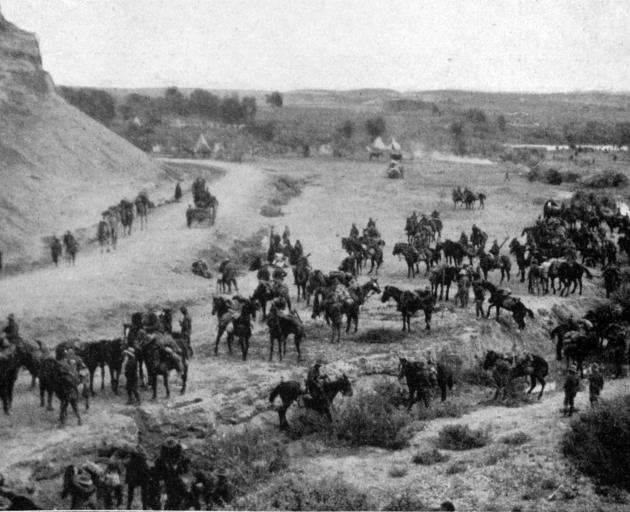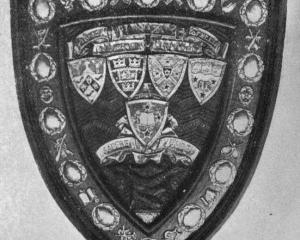
Men from the British Isles, Australasia, and America broke the surviving limb of the Wotan-Siegfried Fortress almost at a single stride. I do not see how the three German armies opposite us can hope to repair their fortunes. The story is full of thrilling interest, and must be told piecemeal. Take first the breaking of the Hindenburg line. Southward of Vendhuille the Australians and Americans drove frontally through the main support systems and over the tunnel of the canal dividing them. They attacked from the old German outpost line, a mile westward of the canal, through six layers of deep trenches protected by broad banks of wire, the whole forming the strongest defensive system erected by the enemy on the west front. It had never been assaulted before, and was manned by good German divisions who were ordered to hold it until they died, knowing that the immediate future of their army depended on their exertions. But no troops, however stout, could offer much resistance after such a bombardment as preceded the attack. The Americans were first through the battered defence and found themselves in the German main defences when they had gone 1200 yards. When they reported, they were still fighting eastward of the canal tunnel along the railway ridge between Le Catelet and Nauroy. More opposition was encountered here, but the fog lifting yielded a fresh surprise. The Australians came over the broken fields and struck hard at the German line. It wavered, and fell back further towards the next line of villages and half-dug trenches, the system running southward towards Estrees. Meanwhile the New Zealanders had wonderful success. They attacked at 3 o'clock in the morning. Spreading fan-wise as they advanced, they reached Plateau Wood, on the Masnieres-Cambrai road. They encountered a strong point at La Vacquerie, into which they worked from the northward and southward along roads and pinched off the village, tasking over a thousand prisoners. They reported ``Still going strong''. The prisoners represent every battalion of the Eighteenth Prussian Division.
Balclutha news
The Clutha branch of the Farmers' Union discussed the rabbit pest, and it was pointed out that with the cessation of trapping, on account of the drop in the price of skins, the natural enemy should be encouraged. A motion was carried urging the Government to establish breeding stations for stoats and weasels, and supply them to the farmers.
Fishing season opens
The fishing season was opened under very favourable conditions yesterday morning. The weather was just such as was suitable for angling purposes - quiet and, for the time of the year, warm. News, either close at hand or at a distance, does not obtain circulation too readily at so short notice. It is, however, understood that local anglers have not done badly. Latest reports from the Clutha give indications of a good season. The discordant note is that the Tapanui district prospects are not too bright, and there has been too much snow water in the streams. - ODT, 2.10.1918.












